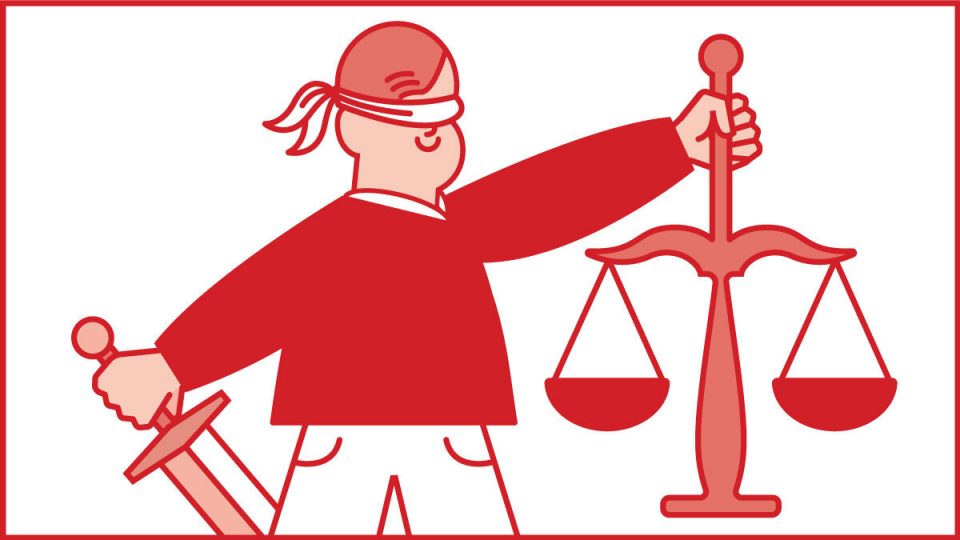Never miss a story — sign up for PLANSPONSOR newsletters to keep up on the latest retirement plan benefits news.
Hopes Are High for Lame-Duck Passage of SECURE 2.0
Last week, Melissa Kahn, the managing director of retirement policy at State Street Global Advisors, sat down with PLANSPONSOR for a discussion about her recent work in the nation’s capital.
Kahn said she agrees with other Washington watchers who say the passage of a new round of federal retirement planning reforms looks likely. Hurdles remain, she warned, such as the upcoming November elections and a general lack of floor time in the Senate. However, Kahn said she is firmly in the optimistic camp when it comes to the passage of a key legislative package often referred to as “SECURE 2.0,” in reference to 2019’s Setting Every Community Up for Retirement Enhancement Act, aka the SECURE Act.
As Kahn explained, retirement industry practitioners view the SECURE Act as the most important legislative update to the U.S. defined contribution retirement planning system in a generation. Now, the odds are strong that the package of additional reforms referred to as SECURE 2.0 could become law as soon as the end of this year.
As recounted in the Q&A below, Kahn feels retirement policies will remain one of the few areas of nearly complete bipartisan consensus in a political era defined by disagreements and divisions. As such, she said, it is important for the retirement industry to take advantage of this rare opportunity for rapid, meaningful legislative progress.
PLANSPONSOR: Can you please reflect on the current legislative and political environment, and especially on the recent advancement of key pieces of retirement legislation in the Senate?
Kahn: Simply put, 2022 has seen a real flurry of legislative activity impacting the retirement planning industry. For the most part, everything we have seen has been very positive on the legislative front, with the House and Senate leadership coming into alignment around SECURE 2.0.
Based on what I hear in private and what is unfolding in the public eye, it seems that the SECURE 2.0 package is marching forward in a positive way. The House is done with their part, having passed the whole package already, and the two key Senate committees are making real progress. We applaud them for working together on such an important issue for the American people.
I think the momentum we are seeing ties back to the true bipartisan nature of retirement policies. This has always been an area where both parties could come together. Retirement is a real issue for all of their constituents, and frankly, I think a lot of the members also see retirement as a personal issue. They will all have to retire at some point themselves, and that makes the issue very real. They know a lot of people, their constituents, are going to live as many as 30 or even 40 years in retirement, and they understand that this is a daunting prospect.
PLANSPONSOR: What do you see as the most important part or provisions in SECURE 2.0?
Kahn: It’s really about the comprehensive nature of the package—there is not really any single blockbuster provision that will change the game by itself. Rather, like SECURE 1.0, the new package tackles many different areas in different ways. It will help to improve account portability, it will expand plan access, it will address the need for efficient emergency savings and it will help ease the burden of delivering retirement income. All of these different areas are addressed.
Some of the provisions that I think stand out the most include the proposal to allow 403(b) plans to invest in collective investment trust vehicles. Historically, these plans have been restricted to only using mutual funds and annuity contracts. On the other hand, 401(k) plans can already invest in CITs and other types of investment vehicles that may be more cost effective. Another helpful provision in the 403(b) space is the ability for 403(b) plans to begin to join open multiple employer plans—again, just like 401(k) sponsors can already do.
There are helpful provisions speaking to expanding automatic enrollment that could prove to be very powerful if adopted. Other popular features are a higher catch-up contribution limit and the lifting of a cap on the use of qualified longevity annuity contracts.
PLANSPONSOR: Can you describe what your conversations with lawmakers on Capitol Hill are like? Do they expect to see this package become law?
Kahn: Absolutely. The first thing to say is that educating the lawmakers is a critical part of getting this legislation passed. On that front, the meetings are going really well, and we think we will get over any remaining hurdles. We think the various bills in the House and Senate will be reconciled successfully.
I’ve been in meetings with many staffers at this point. Their almost unanimous view is that this is going to happen at the end of the year. What is happening now that the two key Senate committees have passed their bills is that the staff is having their pre-conference conversations about how they are going to align the bills.
It’s possible a full Senate vote could happen pre-election, but I think that is very unlikely. My view is that SECURE 2.0 will likely be included as part of a larger bill in the lame duck session, not dissimilar to SECURE 1.0.



